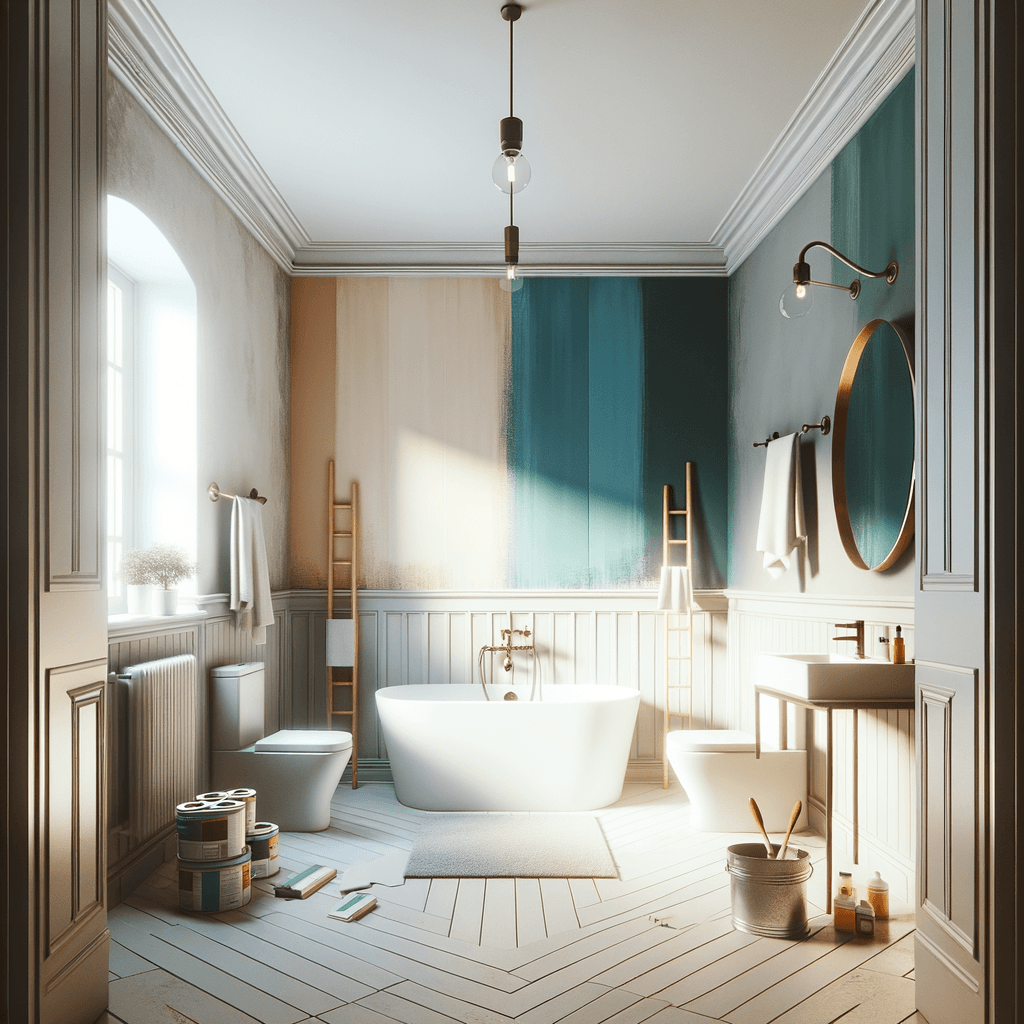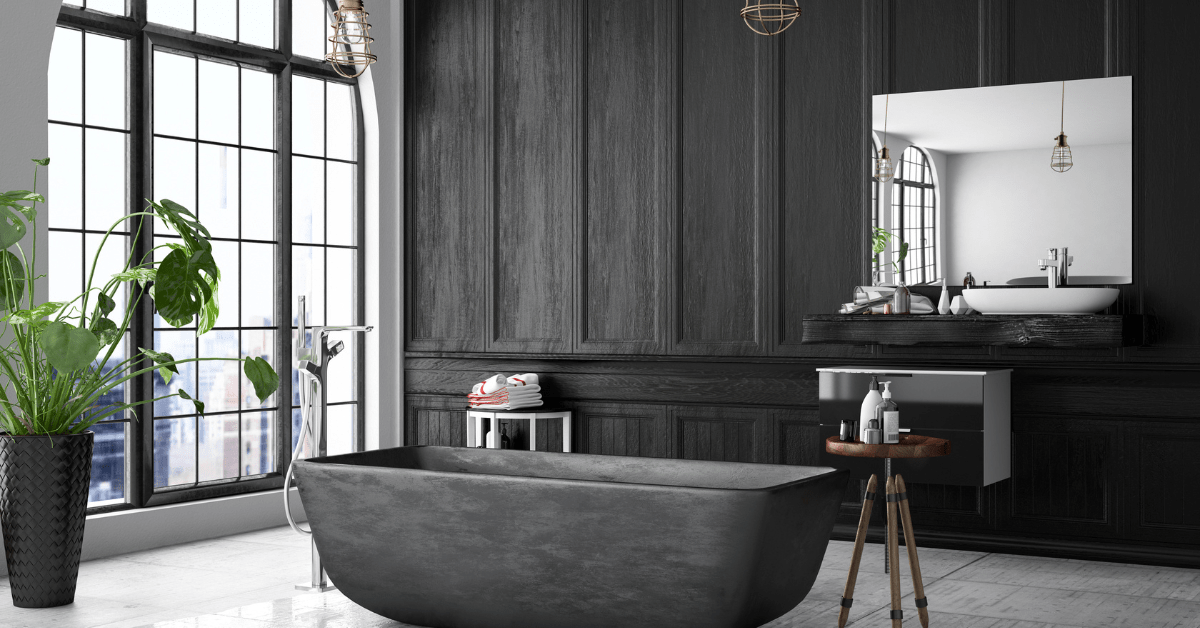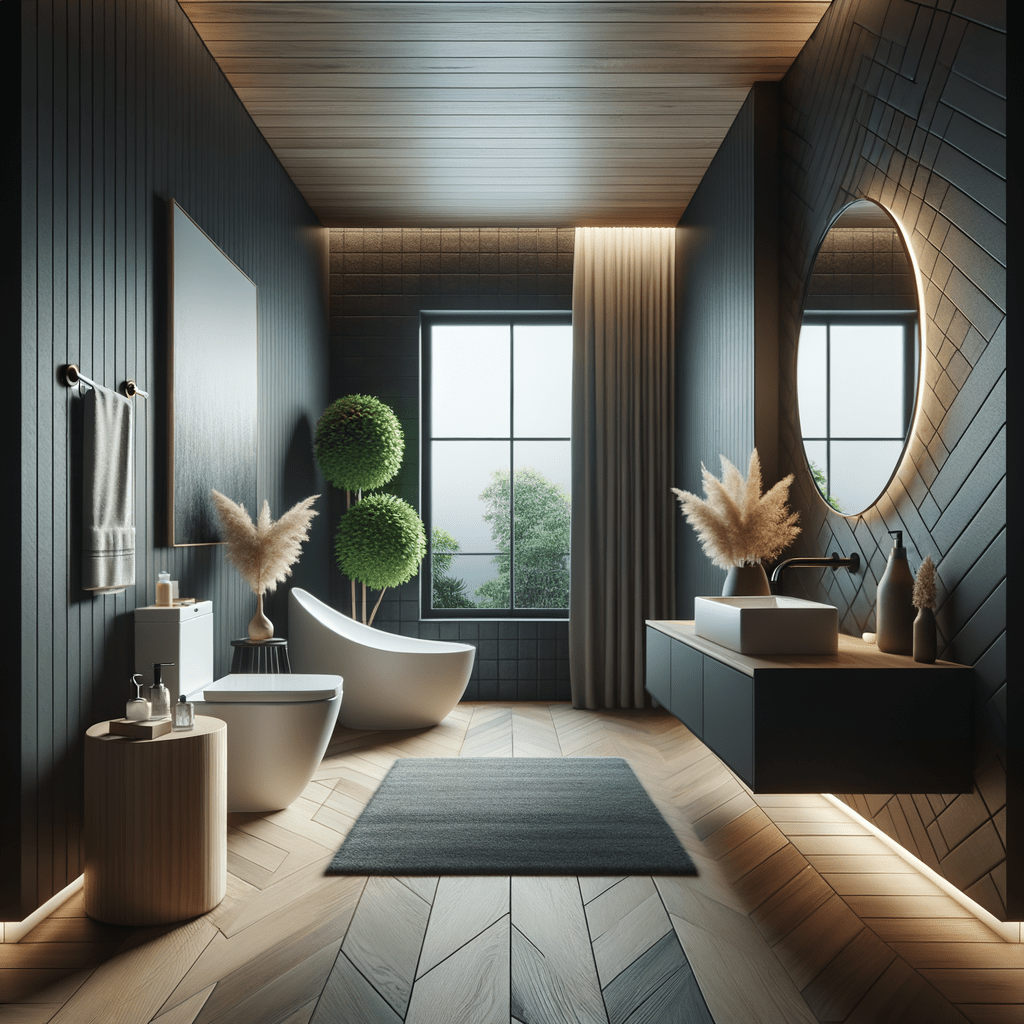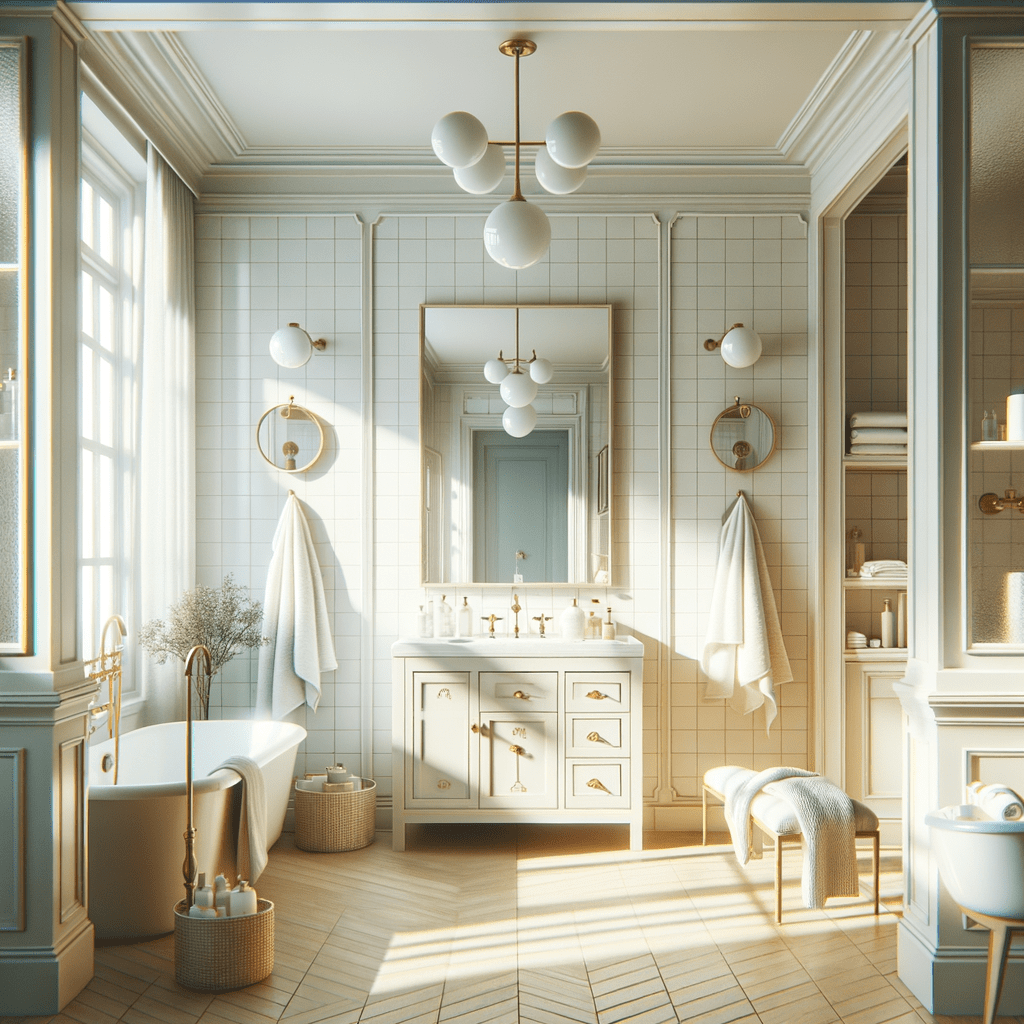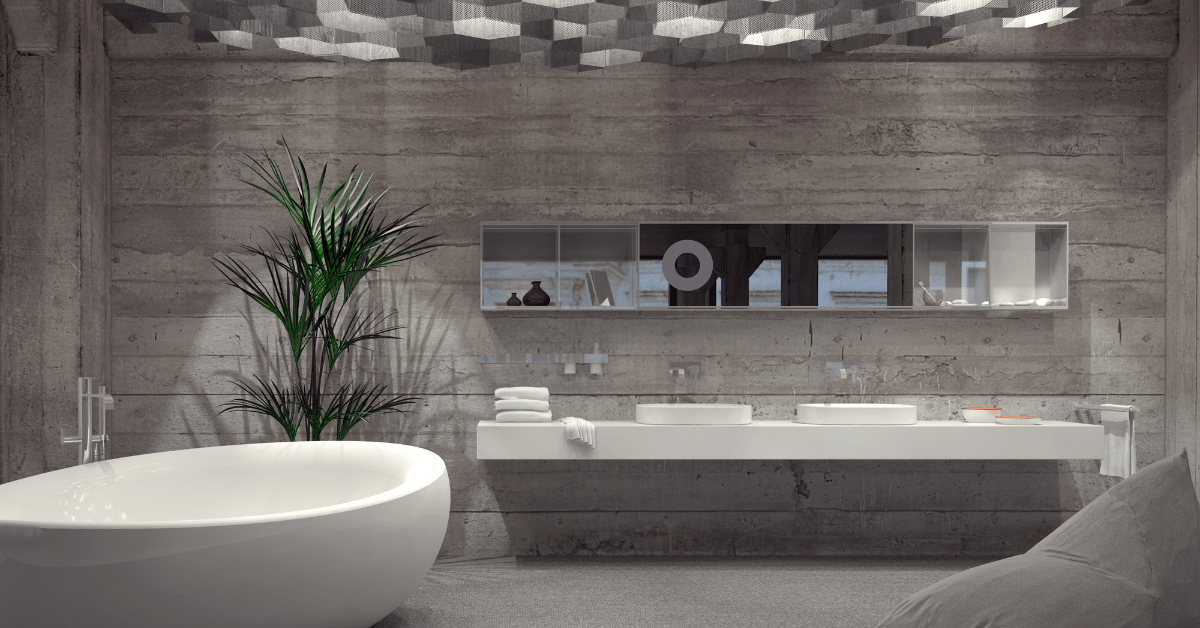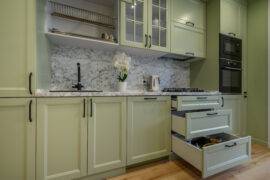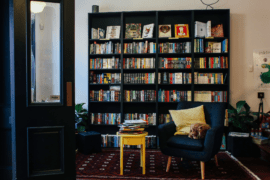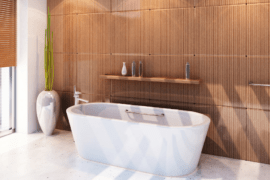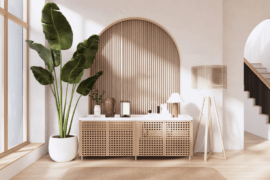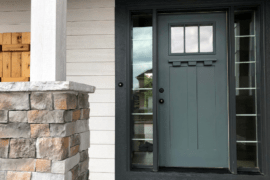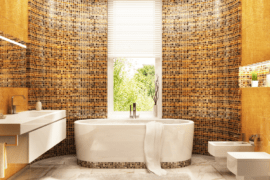Choosing the right paint colors for your bathroom might seem like a minor detail, but it can have a significant impact on the overall ambiance and functionality of the space. The bathroom is a sanctuary—a place where you start and end your day. It’s where you unwind in a warm bath, prepare for the day ahead, and take a moment for self-care. The paint colors you choose play a crucial role in creating a harmonious and inviting atmosphere.
In this comprehensive guide, we’ll explore the importance of selecting the right paint colors for your bathroom and delve into the specific hues you should steer clear of. Whether you’re aiming for a spa-like retreat, maximizing natural light in a small space, or adding bold accents to a large bathroom, our expert insights will help you make informed decisions. Join us as we navigate the intricate world of bathroom paint colors, ensuring your space is not only aesthetically pleasing but also functional and tailored to your lifestyle. Let’s dive into the fascinating journey of transforming your bathroom with the perfect palette.
Importance of Choosing the Right Paint Colors for Your Bathroom
The choice of paint colors in your bathroom extends far beyond mere aesthetics; it significantly influences the overall atmosphere and functionality of the space. Bathrooms are unique in their requirements—they must balance relaxation with practicality, creating an environment that promotes tranquility while accommodating daily routines. The right paint colors can enhance natural light, make a small space feel larger, or introduce a touch of luxury reminiscent of a spa retreat.
Picture this: a bathroom painted in calming hues that complement your morning routine, invigorating you for the day ahead, or a serene evening escape that embraces you in relaxation as you unwind. On the contrary, the wrong paint colors can result in a space that feels cramped, lacks warmth, or even appears outdated. It’s not just about trends; it’s about crafting a space that resonates with your personal style and meets the functional demands of a busy bathroom.
In the sections to follow, we’ll explore the dos and dont’s of bathroom paint colors, helping you make informed decisions that go beyond fleeting trends. Whether you’re working with a cozy powder room or a sprawling master bath, understanding the importance of your color choices is the first step towards creating a bathroom that is both visually appealing and tailored to your lifestyle. So, let’s embark on this journey of color exploration and transform your bathroom into a haven of style and functionality.
